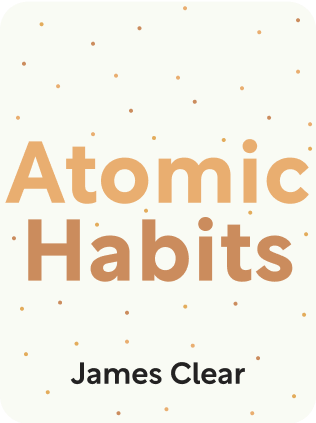

This article is an excerpt from the Shortform book guide to "Atomic Habits" by James Clear. Shortform has the world's best summaries and analyses of books you should be reading.
Like this article? Sign up for a free trial here .
What is temptation bundling? How can it help you incorporate new habits into your life?
Temptation bundling is the practice of pairing two activities—something you enjoy doing and something you’d rather put off. The idea is that bundling an unpleasant task with an activity that you like doing will reduce the resistance towards it over time.
Keep reading to learn about temptation bundling.
What Is Temptation Bundling?
The more attractive and stimulating an experience, the more you will crave it. Unfortunately, many healthy new habits (like exercising or eating more vegetables) don’t trigger strong cravings. The solution to this is to bundle the new habit with something you already want. This is called temptation bundling.
Temptation bundling creates a supernormal stimuli—a heightened version of reality that elicits stronger-than-normal responses.
- For example, an engineer loved binge-watching Netflix but also knew he should get more exercise. He used his knowledge to manipulate the functions of a stationary bike and the Netflix app. In order to watch Netflix, he had to ride the bike and keep a certain pace. If the pace decreased, the streaming stopped.
- By creating a connection between his craving to watch Netflix with his desire to exercise more, he made the act of exercising more attractive.
Temptation bundling can also be used with habit stacking. The formula is as follows: “After X [current habit], I will do Y [new habit]. After I do Y, I get to do Z [craved habit].”
- You’ve already stacked your need to exercise more on top of your current habit of eating lunch. But you also want to play video games. Your formula changes from: “After I finish lunch, I will walk around the block for 20 minutes” to “After I finish lunch, I will walk around the block for 20 minutes. After I walk around the block for 20 minutes, I get to play video games for 30 minutes.”
- If playing video games becomes the reward for walking, you’ve created a supernormal stimulus by making exercise more rewarding. You’ll begin to crave the walk so you can claim your reward afterward.
If the habit you stacked previously is something you’re passionate about, you can bundle another needed habit in between the two previous habits.
- You were successful in starting the habit of drawing more because you stacked it on top of washing dishes, but you also have bills to pay. Your formula changes from, “After I wash the dishes, I will draw for an hour” to “After I wash the dishes, I will pay the bills. After I pay the bills, I get to draw for an hour.”

———End of Preview———
Like what you just read? Read the rest of the world's best book summary and analysis of James Clear's "Atomic Habits" at Shortform .
Here's what you'll find in our full Atomic Habits summary :
- The 4 Stages of Habit Formation you can use to transform your life
- How more than half of your daily actions are automatic
- Why some habits stick and why others won't






